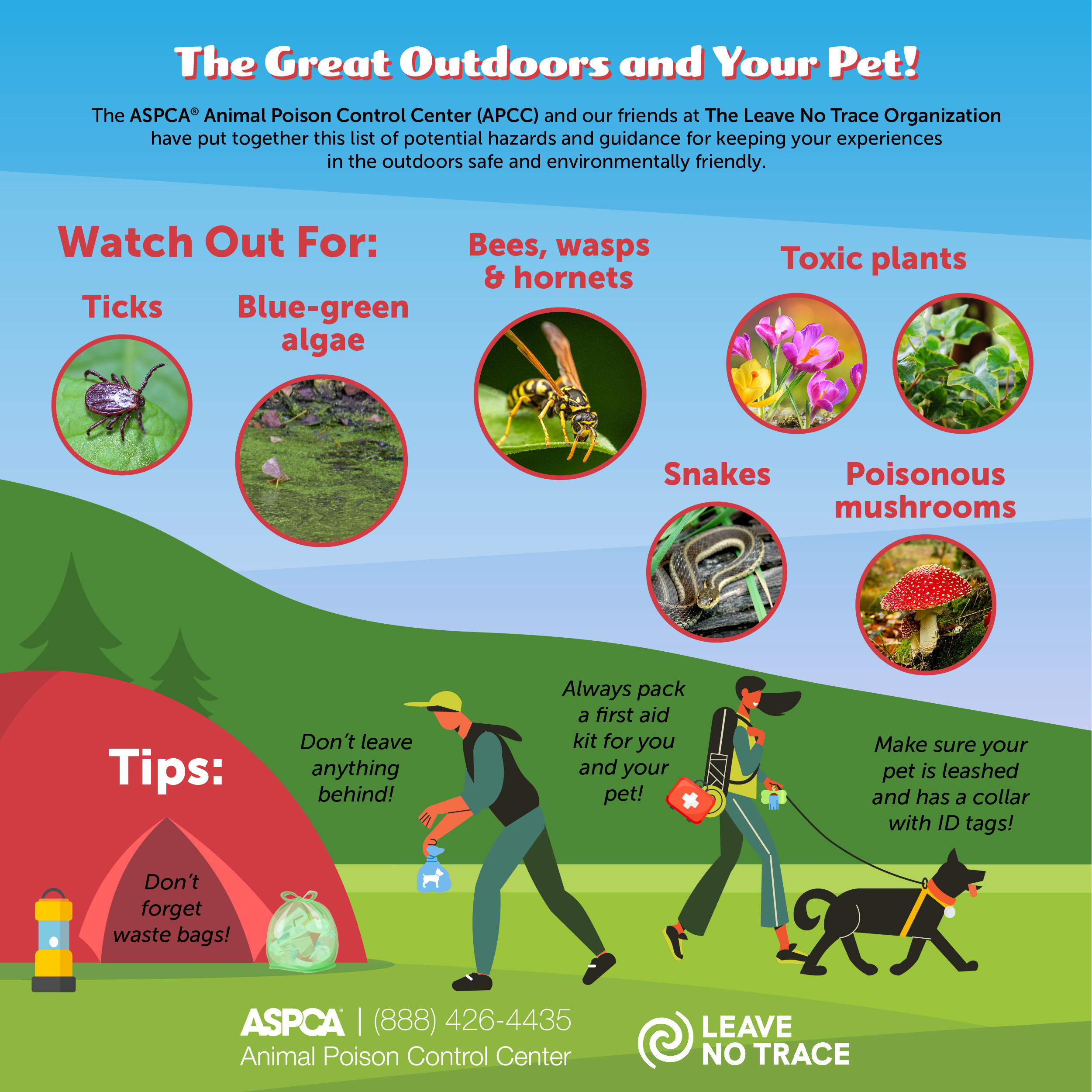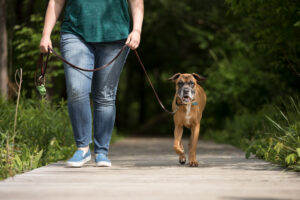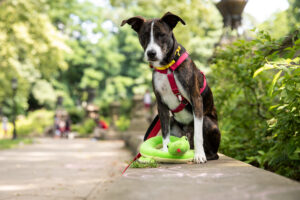News & Updates
The Great Outdoors and Your Pet: Staying Safe and Environmentally Conscious


Photos courtesy of The American Society for the Prevention of Cruelty to Animals® (ASPCA®)
This Earth Day, we hope to celebrate the beauty of our planet, and for many of us, that starts with getting out into nature. And, as the weather continues to get warmer, we’re looking forward to spending more time outside with our pets. While we encourage everyone to enjoy activities like hiking and camping with your furry friends, there are a few things you may want to keep in mind.
The ASPCA Animal Poison Control Center (APCC) and our friends at Leave No Trace have put together the below tips to help keep your experiences in the great outdoors safe and environmentally friendly.
#1 Plan Ahead

The more you know, the better you can protect yourself, your pet and the park, trail or campground you may be visiting. Before you hit the trails or spend a weekend camping, do some research on the area and the upcoming weather patterns. That way you can remain prepared for weather changes and get any information on site-specific regulations before taking your pet. You can usually find site-specific information on government websites.
You should also consider how your pet will handle the weather if they are not used to spending extended time outdoors. Don’t forget that thunder and lightning can be very scary for some pets, and they may be more apt to run away.
#2 Pack a Bag
Even if you’re just going for a day hike or a quick trail run, always make sure you have the essentials available.

- First aid kits for both you and your pet.
- Fresh water and food (if needed)
- Good shoes for you
- Your pet’s leash
- Waste bags
- Pet identification (like a collar and ID tags)
We’d also recommend you consider having your pet’s medical records and a recent photo on hand in the event of any emergencies.
#3 Watch Out for Hazards

- ● Always keep a close eye on your pet when you are outside to ensure that they are not ingesting anything potentially toxic, like poisonous mushrooms or toxic plants. Also, keep an eye out for snakes in the areas you are exploring.
- ● Avoid letting your pet drink from foreign bodies of water as toxins like blue-green algae can be seen in the summer months. Dangerous diseases like leptospirosis can also be found in water sources in the warmer months.
- ● Make sure to have your pet protected from flea and ticks before heading out, and know the signs and symptoms of a flea or tick bite. Always check your pet thoroughly for ticks after spending time outdoors.
- It’s a good idea to keep your pet on a leash whenever you’re exploring a new area, especially in a public space. Stick to rules and regulations in your area and keep your dog on a leash wherever it is required.
#4 Pick Up After Yourself
Take all of your trash and anything you might have brought with you on your excursion and ALWAYS pick up after your pet. Cleaning up after your pet helps protect water resources, plant life and habitats for animals.

Let’s protect and enjoy our natural world together
Get the latest in Leave No Trace eNews in your inbox so you can stay informed and involved.
